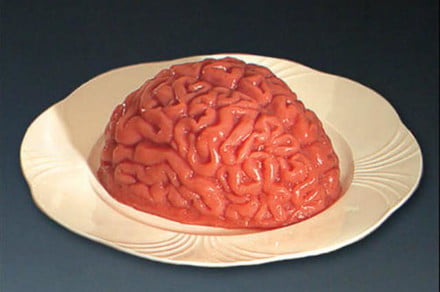Anyone who has ever had first-hand experience of substance abuse will know that, however much a person might want to quit, ending this kind of dependency isn’t a simple on/off mechanism. But what if it could be? While science has not yet advanced to that point with humans, researchers from Scripps Research have demonstrated that it is possible to reverse the desire to drink in alcohol-dependent rats — by targeting a part of the brain using lasers.
“This research identifies a specific neuronal population in a deep region of the brain that is activated during alcohol withdrawal and which controls alcohol drinking in a rodent model of alcoholism,” Olivier George, an associate professor at Scripps Research, told Digital Trends. “We also identify by which downstream pathways these neurons control the rest of the brain to produce addiction-like behaviors. What is so exciting about these findings is that we were able to control the motivation to drink alcohol in severely dependent individuals with the flip of a switch. By implanting fiber optics deep in the brain and turning on a laser that inhibits these neurons specifically we could dramatically decrease alcohol drinking and the physical symptoms of withdrawal.”
In the experiment, rats with a dependence on alcohol experienced their symptoms of addiction disappearing when the lasers were used to inactivate the CRF neurons. Not only did this reverse their desire to drink, but it also reduced the physical symptoms of alcohol withdrawal, such as extreme shaking. However, turn the lasers off and the addiction symptoms would immediately return.
The work is promising because it suggests that it might be possible to develop novel treatments to battle addiction by focusing on brain circuitry. Identifying the right neurons could lead to the development of better drug treatments or even gene therapies for alcohol addiction. Heck, it could even be possible to create a brain implant to control addiction.
Don’t expect anything to happen overnight, though. “This work requires the use of cutting-edge technologies that are not approved to be used in humans yet so it may take 15 to 30 years before we see alcoholics with brain implants that help them control their craving,” George continued. “However, this work may stimulate the development of small molecule targeting this population of neurons. By performing high-throughput screening of compounds that can inhibit these neurons we could develop new medications in a much shorter timeframe, possibly 10 to 15 years if we find the funding to do it.”
A paper describing the work was published in the journal Nature Communications.

